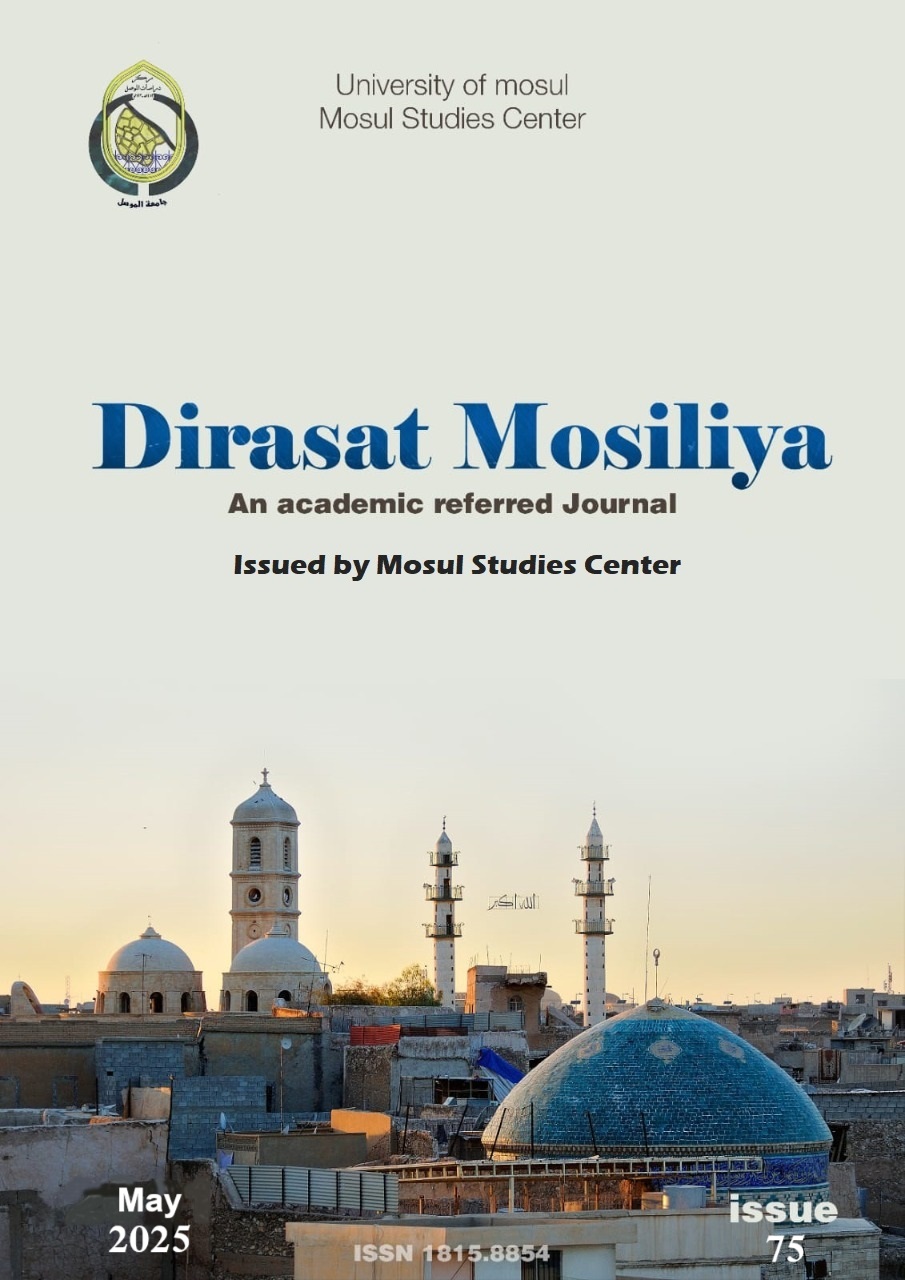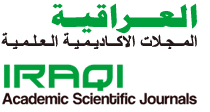Agricultural lands ownerships in Mosul since the Rashideen Caliphs age until the end of the first Abbasid age (11-232 A.H./632- 847 A.D.) -An historical analysis-
Abstract
Mosul city is considered one of the important Islamic cities in terms of its religious, political, social and economic characteristics. The city was conquered in the Rashidi age during the reign of caliph Omar Ibn AlKhattab (May Allah be pleased with him). Several governors ruled the city throughout the various Islamic ages and it was the focus of many caliphs attention and its was described by the travelers with certain traits that varied in accordance with the period of staying in it and according to the era in which they visited it. The city included many properties, counties and agricultural estates that belonged to some caliphs or some governors or rich tribes that dwelt the city for long time ago. These lands were the focus of their attention as through them wealth can be gained, agricultural interests can be fulfilled and social status can be reached and all this was in favor of the various categories of lands owners to accomplish political and social gains. Before this influential economic power in the different aspects of life at that time, the agricultural estates in Mosul invoked many problems, at the time of the research, that affect the general structure of Mosul and were relevant to the political and social development in the Arab-Islamic State.




